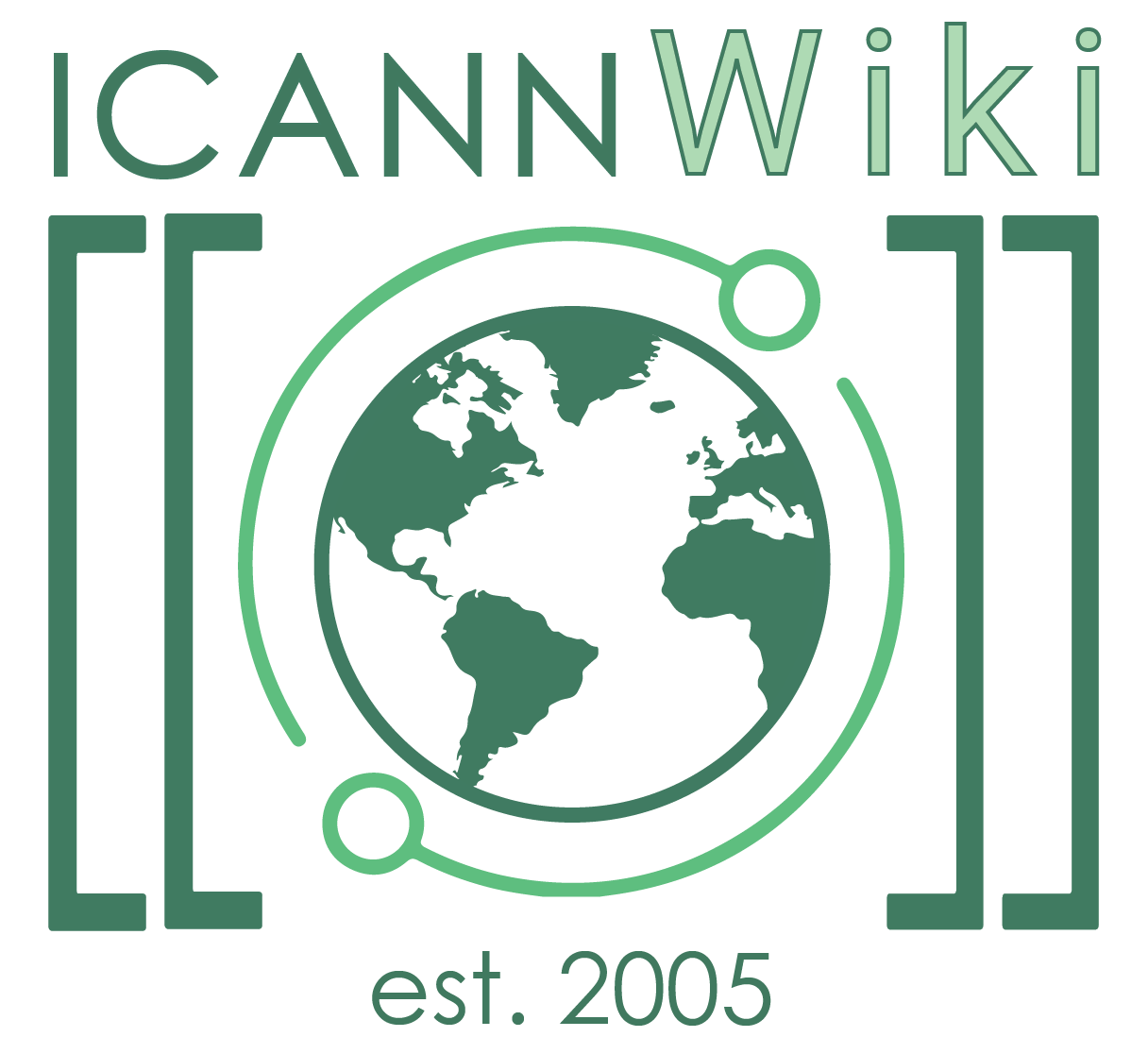Cross-TLD Registration Scams
Cross-TLD Registration Scams involve sending registrants letters that state a third party is in the process of registering their name in a different top level domain (TLD) and offers the registrants the opportunity to defensively register their name in the other TLD, usually for an expensive fee.[1] The GNSO's Registration Abuse Policies Working Group (RAPWG) report labeled it a "deceptive sales practice" intended to trick a registrant into buying another domain name.[1] This scam is similar to Domain Slamming or sending out false renewal notices. The difference is that instead of having the registrant transfer a domain name to a different registrar, the registrant is "pushed" into defensively registering another name.[1]
Public Perception[edit | edit source]
The public perception of this practice is generally negative as it seeks to trick registrants into purchasing the same domain name in a different TLD, often at a high price and when there is no real competition for the name.[1]
Outcome[edit | edit source]
This practice negatively effects people's perception of the domain name industry. Cross-TLD Registration Scams make fraudulent claims and seeks to trick users into spending money that they would not have otherwise spent.
Historical Use[edit | edit source]
There is not a lot of available data yet regarding cross-TLD registration scams other than anecdotal complaints. This makes it difficult to make claims about who responsible parties might be, if the WHOis database is used by scammers to find contact data, or which TLDs are most likely to be scammed.[1] Some evidence implies that ccTLDs may be more likely to be scammed as opposed to gTLDs; additionally, .net, .com, and .org may be hit by cross-TLD registration scams more than other gTLDs.[1] Sometimes, cross-TLD registration scams are referred to as Asian Domain Scams as a popular form of this scam involves sending registrants a fraudulent letter from a fake Asian registrar. Another name for this kind of scam is a trademark protection scam, as its goal is to produce defensive registrations.[2]
ICANN Policy[edit | edit source]
- In the RAPWG report, there was debate by the authors on whether or not cross-TLD registration scamming falls under ICANN policy as it deals with registering new domain names.[1] Some argued that because these scams induce domain name registrations they should be checked by ICANN policy while others argued that ICANN "does not have a relevant consumer protection mandate."[1]
Legislation[edit | edit source]
- As Cross-TLD Registration Scams often make fraudulent or deceptive claims and aim to trick users, damage caused by these scams may be addressed by the Federal Trade Commission (FTC) or other government or consumer protections agencies.[4]
Additional Resources[edit | edit source]
- Read the RAPWG Final Report which addresses Cross-TLD Registration Scams
- Add more information!
Related Articles[edit | edit source]
References[edit | edit source]
- ↑ 1.0 1.1 1.2 1.3 1.4 1.5 1.6 1.7 Working Group Final Report (PDF), May 29, 2010, pp.43-45
- ↑ http://domainnamewire.com/2014/12/15/best-fake-name-used-in-a-domain-name-scam-ever/ by Andrew Alleman (December 15, 2014)
- ↑ ICANN Addresses Registration Abuse (June 3, 2010), Traverse Legal
- ↑ "Slamming" and law enforcement, ICANN Email List Archives
ICANNWiki resources: Special Pages | Content Guide | Documentation | Development || Maintenance: Articles needing attention | Candidates for deletion || Projects: Internet & Digital Governance Library
